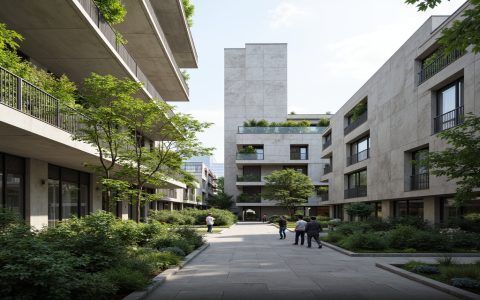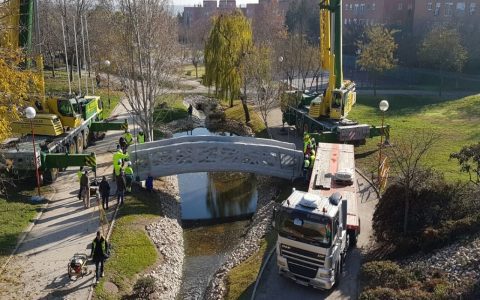Defining Modern Sandstone
Modern sandstone refers to natural sandstone that is quarried, processed, and applied using contemporary technologies and design principles. While its geological origin as a sedimentary rock composed mainly of sand-sized mineral, rock, or organic material grains remains, its modern application is distinguished by:
- Advanced Processing: Precision cutting, varied surface treatments (such as honed, polished, sandblasted, flamed, brushed, or cleft), and the ability to produce thinner, more versatile formats.
- Color and Texture Emphasis: A broader appreciation and utilization of its diverse natural color palette – from classic creams, beiges, and reds to contemporary greys, yellows, pinks, and variegated patterns. The natural texture is often a key design element.
- Performance Enhancement: The use of advanced sealants and impregnators to improve its resistance to staining, water absorption, and weathering, thereby extending its lifespan and reducing maintenance.
- Sustainable Practices: Increased focus on responsible quarrying methods, reduced environmental impact during processing, and the material's inherent longevity contribute to its modern appeal.
Applications in Contemporary Design
Modern sandstone's versatility allows it to be featured prominently in a wide array of architectural and interior design projects:
- Architectural Cladding and Facades: Used for both full facades and feature walls, providing a natural, sophisticated aesthetic with excellent durability. Lightweight panel systems are increasingly common.
- Interior Surfaces: Popular for flooring, accent walls, fireplace surrounds, and bathroom applications (when properly sealed), adding warmth, texture, and a connection to nature.
- Landscaping and Paving: Extensively used for patios, walkways, pool surrounds, retaining walls, and garden features due to its natural look and slip-resistant properties in certain finishes.
- Custom Elements: Fabricated into bespoke items such as countertops (with appropriate sealing and care), stair treads, window sills, and sculptural pieces.
Key Advantages
The preference for sandstone in modern projects stems from several compelling characteristics:

- Aesthetic Uniqueness: Each piece possesses distinct patterns, veining, and color nuances, ensuring a unique and organic appearance.
- Durability and Longevity: High-density sandstone, particularly quartz-based varieties, offers good resistance to wear and weathering, making it a long-lasting material.
- Versatility in Design: Its workability allows for a wide range of shapes, sizes, and finishes, catering to diverse architectural styles from minimalist to rustic.
- Natural Material: As a product of nature, it offers an inherent warmth and timeless appeal that synthetic materials often struggle to replicate.
- Thermal Properties: Sandstone possesses good thermal mass, contributing to passive heating and cooling in building design.
Important Considerations
When specifying modern sandstone, certain factors require careful attention:
- Porosity: Sandstone is inherently porous. Effective sealing is critical to prevent staining, water damage, and efflorescence, especially in exterior applications or wet interior areas. Regular re-application of sealant may be necessary.
- Variation: Being a natural stone, significant variations in color, pattern, and texture are expected even within the same quarry batch. It is advisable to inspect current stock or mock-ups.
- Strength and Abrasion Resistance: While generally durable, its hardness can vary depending on the specific type and mineral composition. Some varieties may be more susceptible to scratching or chipping than harder stones like granite.
- Maintenance: Requires specific cleaning protocols. Acidic or abrasive cleaners should be avoided. The type of finish and sealant will dictate the appropriate maintenance regimen.
- Installation: Proper installation by experienced professionals is crucial to ensure longevity and performance, particularly for cladding and large-format tiles.







